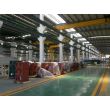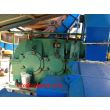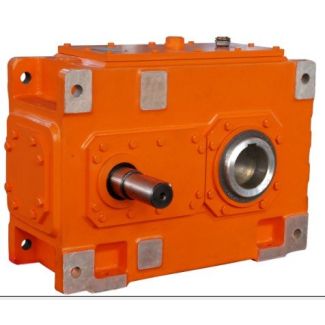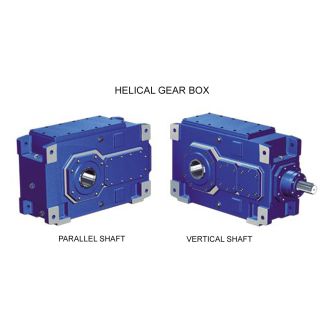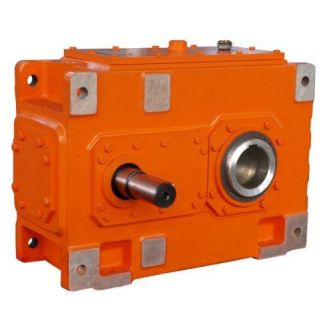H4-HH-10B r units Gear units for preparation engineering cr Helical gear boxes H4
In stock
SKU
H4-HH-10B
$13,392.86
Flender/Flender Gear Units/Helical gear boxes H4
here large micropitting areas can be observed after the test runs. Test runs with driving wheel have illustrated that the driving direction has an influence on the resulting profile form deviations. The micropitting-driven pro-file form deviations are function of slid-ing
driving direction has an influence on the resulting profile form deviations. The micropitting-driven pro-file form deviations are function of slid-ing  velocities and surface roughness of the flanks, and both values are not affect-ed by changing from driving pinion to driving
velocities and surface roughness of the flanks, and both values are not affect-ed by changing from driving pinion to driving  wheel. Profile form deviations do not have different causes, yet these deviations appear not separately on the flank and lay
wheel. Profile form deviations do not have different causes, yet these deviations appear not separately on the flank and lay  on each other. This is what is meant by superposition. Essential for mesh interference is the stiffness in the outer point of single engagement. Is the driv-ing direction changed the outer point of single engagement swaps from point on the path of engagement to point . The regular gear is much stiffer in point than in point . Therefore the resulting profile form deviation is lower for driving wheels than for driving pin-ions. As expected, the place of maximum profile deviation is not the dedendum of the pinion but rather the dedendum of the wheel. The tip-edge shows by enter - ing the engagement with the sharp corner towards the mating flank (Fig. 6, left) and shaves over it. Leaving engagement, the obtuse corner is pulled over the mating flank (Fig. 6, right). Therefore the shaving at pre-engagement is rated as more dam-aging than at post-engagement. Figure 5 Development of profile form deviations for flanks with different surface roughness. Figure 6 Kinematics of gear teeth: (left) at pre-engagement; (right) at post-engagement. September/October 2 | GEAR TECHNOLOGY The lubricant used for test runs appears to be relatively impervious to water contamination, and the micropit-ting carrying capacity is unchanged. The water quantity used in the test runs is = 5 ppm, although there is depen- dency between contamination duration and wear amount. On the first flank the reaction dura - tion of additive and water is probably too short, and no ne
on each other. This is what is meant by superposition. Essential for mesh interference is the stiffness in the outer point of single engagement. Is the driv-ing direction changed the outer point of single engagement swaps from point on the path of engagement to point . The regular gear is much stiffer in point than in point . Therefore the resulting profile form deviation is lower for driving wheels than for driving pin-ions. As expected, the place of maximum profile deviation is not the dedendum of the pinion but rather the dedendum of the wheel. The tip-edge shows by enter - ing the engagement with the sharp corner towards the mating flank (Fig. 6, left) and shaves over it. Leaving engagement, the obtuse corner is pulled over the mating flank (Fig. 6, right). Therefore the shaving at pre-engagement is rated as more dam-aging than at post-engagement. Figure 5 Development of profile form deviations for flanks with different surface roughness. Figure 6 Kinematics of gear teeth: (left) at pre-engagement; (right) at post-engagement. September/October 2 | GEAR TECHNOLOGY The lubricant used for test runs appears to be relatively impervious to water contamination, and the micropit-ting carrying capacity is unchanged. The water quantity used in the test runs is = 5 ppm, although there is depen- dency between contamination duration and wear amount. On the first flank the reaction dura - tion of additive and water is probably too short, and no ne| Model Type | Helical gear boxes H4 |
|---|---|
| Gear Type | Helical Gear |
| Weight (kg) | 625.000000 |
| Ratio Range | 1 : 125…450 |
| Low Speed Output | Hollow shaft with keyway acc. to DIN 6885/1 |
| Nominal Torque | 44200 Nm |
| Mounting Arrangements | Horizontal mounting position |
| Manufacturer | Flender Limited. |
| Country of Manufacture | Finland |
| Data Sheet & Drawings | H4-HH-10B r units Gear units for preparation engineering cr Helical gear boxes H4 |




